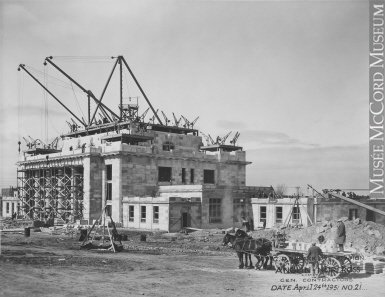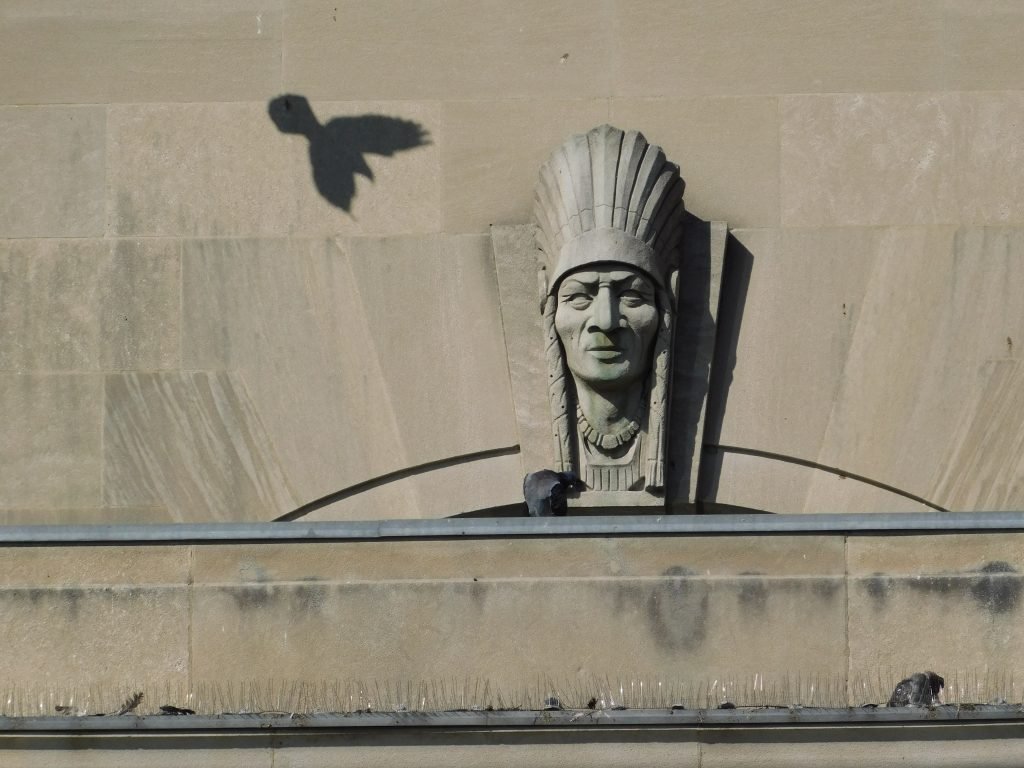The Canadian Pacific Train Station—a look at its history and how it stands today
It is perhaps in the buildings that tower around us that we can see the most in terms of history and where we’ve been as a community. As citizens perish, it is in the buildings that stand tall and proud as landmarks that can show us where we’ve been and where we’ve come from. In Park Extension there are in fact many such buildings, but perhaps this building in particular is one that speaks of Canadian History and a proud one at that. But in the end, the building can show us too how things change, no matter how they start out. Let’s take a look back, as most in society are worried about looking forward and canceling what came before, choosing instead to ignore history … what say you, we rejoice in it and perhaps learn a thing or two along the way.
A brief history

To learn about this building, we need to travel back in time to 1931, and although that’s way back indeed, it’s well worth it. That’s the year that it opened, and back then it was referred to as Park Avenue Station. The mayor of Montréal at the time was even on hand for the inauguration, Camilien Houde.
It’s relevance to figures both political and artistic

Certainly relevant, the building definitely garnered some attention. In 1939, it was the location for the visit by George VI and the Queen Mother; Prime Minister William MacKenzie King was also on hand for that one.
It was also the location for filming for such Hollywood films as Highlander and The Day After Tomorrow, but of course that was much later.
Throughout the 1950s, the station was an important one and passengers flooded its platforms at all hours of the day, but it was in 1984 that the station closed, the building subsequently being sold to the City of Montréal. The Parc Metro station was then built and the building left to stand without much use until an Indigo book store and music store were opened. That soon closed and the place was christened as an SAQ liquor store and finally in 1999 Loblaws (now Provigo) opened up for business. Currently, it’s Joe Fresh, a clothing brand that occupies space in the main building—perhaps a fate that many consider quite sad for such a historical building but I digress.
Hollywood lights
Montréal is very far from the Hollywood hills, but those Tinsel Town lights shine pretty far, and it was on the set of the Highlander film series that those lights shone quite brightly indeed, and actor Christopher Lambert was on-set on these locations.
That wasn’t the only time that an actor and the crew graced the lawn in front of the Canadian pacific building, as Dennis Quaid also filmed scenes for The Day After Tomorrow, an apocalyptic film from the early 2000s that made quite a bit of noise at the box office.
Epic architecture and design

Of the architecture, the building has been described as having an Art-Deco influence, as well as a Neo-classical style very reminiscent of Paris, circa 1925. The high ceilings and the native Canadian faces that dominate the above façade of the building speak clearly in Canadian tongues, the history of the nation and its people coming through loud and clear. To see the faces right above the etched words: Canadian Pacific is a sight indeed and one that screams of the history I’ve been going on about and is essentially the point of this piece.
Resonance in history
And speaking of the history, what else is left to say? Other than the fact that the history that looms around us like a light that’ll never go away, constantly following us around every turn, we should rejoice in what it represents, and the Canadian Pacific Station stands proud in Place de la Gare Park. Events that are held there, the families that gather … essentially we gather there because they—those that came before—gathered there, and as astounding as that may seem, it happened last century. The aforementioned faces look down on the goings-on in the park and on a daily basis; we’re left to wonder only if those that gather in the park know of the building’s history. We hope they do, and if they don’t we hope this helps.








